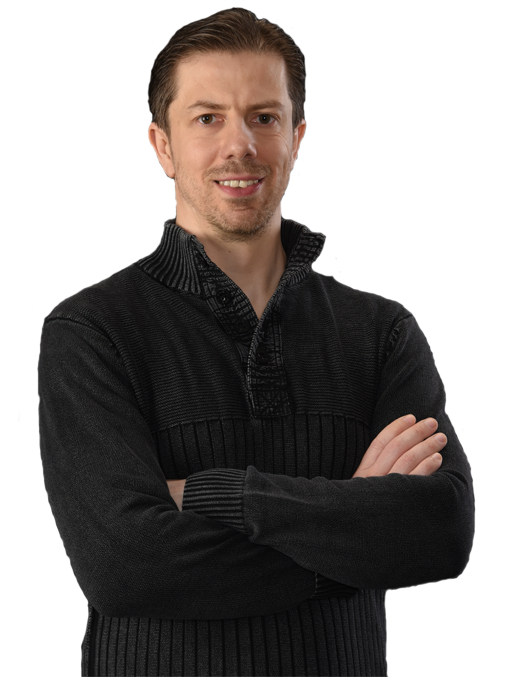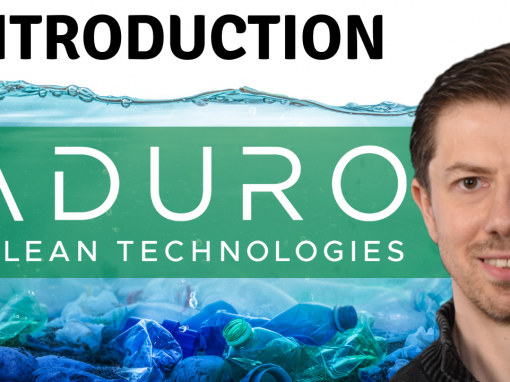Mariusz Skonieczny: Paul, you have been monitoring the work at Santo Tomas since 2004. What first drew your attention to the Santo Tomas in comparison to other copper projects?
Paul McGuigan: I was the founder of the Cambria group of companies in the mid-1980s, after an early career with Esso Minerals and the copper division of Pechiney Ugine Kuhlmann. During my time with the majors, and in our independent consulting group, 3D deposit modelling and structural geology formed the foundation for all aspects of my professional work. The detailed sequence of geological events impacts the distribution and grade of mineralization and must inform the 3D modelling work.
During our initial property visits in 2005, I was sufficiently impressed with the potential of the Santo Tomas project to place it on my consulting “watch-list.” My first visit showed that the Santo Tomas Cu-Mo-Au-Ag deposit formed beneath a gently dipping bed of limestone. After formation, this massive limestone protected the deposit from erosion during the uplift of the Sierra Madre mountains. Most favourably, the deposit is now seated near the surface under a large ridge standing an average of 400-700m above the valley floors. This geometry results in an expected very low stripping-ratio during mining operations. The benefit of this low stripping-ratio, combined with the proximity of modern highways, railway, and a deep-sea Pacific port, implies a low-cost mining operation.
Mariusz Skonieczny: Exploring and defining a large copper porphyry deposit is a daunting task. What is the magnitude of the technical work that is pending on the Santo Tomas?
Paul McGuigan: Any large new technical programs by Oroco must await the resolution of the title registration of the central Santo Tomas concessions, as discussed previously by Craig Dalziel. However, very significant exploration potential lies along strike outside the central concession block, on uncontested land ownership. Exploration of the extensions is possible now. Meanwhile, the central block is available for technical work that focusses on the verification of, and improvement to, the historical exploration work.
Most importantly, the Santo Tomas project benefits from a large body of good quality technical work performed by the Exall Resources Ltd. team in the early 1990s. Bateman Engineering supervised and authored a Prefeasibility Study (1994) that reported on drilling, sampling, geology, metallurgical, and engineering work. The importance of this work cannot be overstated. John Thornton, then Vice-President of Mintec, Inc., led the mineral resource estimations and mine planning during that time and still provides Oroco with an invaluable “chain of custody” for vital project data and feasibility-related engineering studies. Lately, John has restated that the “hurdles” of favourable size, grade, strip ratio, metallurgy, political jurisdiction, and access to infrastructure are met at Santo Tomas. We will soon commence field programs to verify this historical work and provide a compliant Technical Report under the Standards of Disclosure for Mineral Projects of the Canadian NI 43-101F1 guidelines.
Our first task in 2019 will be a short period of fieldwork on the Santo Tomas site, to further verify historical drill core logging, to “ground-truth” recent satellite remote sensing work, and to provide a greater density of geological and structural observations over the surface and extensions of the deposit. The 2019 fieldwork will allow us to refine our 3D geological model and assemble a verified and spatially accurate set of data for mineral resource estimation and block modelling.
This work prepares for a program of definition drilling and step-out exploration drilling upon receiving the green light from Oroco.
Mariusz Skonieczny: Defining a higher grade “starter pit” is a common focus during the advanced exploration and development of an open cast copper porphyry deposit. How will the technical team address this challenge?
Paul McGuigan: Historical drilling, mineral resource estimation and block modelling show there is a large, coherent “grade-shell of plus 0.30% copper equivalent cropping out in the top-centre of the North Zone.
That 0.30% grade shell is depicted in this 3D Model.
During the first phase of new exploration, we intend to conduct geophysical surveys and infill drilling to verify and define this higher-grade domain for input into new engineering and economic studies. The location of this domain high on the ridge indicates a very low stripping-ratio.
Mariusz Skonieczny: In a previous interview, I heard from John Thornton that the Santo Tomas has a very significant exploration potential down-dip and along strike. What is your perspective on this?
Paul McGuigan: I concur with John Thornton’s comments. The exploration potential of the property is quite significant. Because historical drilling on the Santo Tomas was so focused on near-surface targets, many drill holes terminated in good grade mineralization. Therefore, the North and South zone deposits remain open to depth along kilometres of length. In addition, surface gossans and copper mineralization extend well beyond the limits of the drill-defined areas of the North and South zones, especially to the north in the Brasiles zone.
Our recently revised geological model shows the Laramide-age mineralization and intrusions are focussed along a North-South striking, moderately west-dipping fault-fracture system and capped by a gently north-dipping massive limestone. Importantly, recognition of these geometries is recent and did not guide the historical drill programs. Thus, in the North and South zones, the revised geological model will now guide the infill drilling. In the South zone, this geometry will also guide the testing of a large, undrilled tabular zone that lies under the ridge-top limestone. Much of this promising zone lies on the newly acquired Papago 17 concession and lies outside the central block of Santo Tomas concessions. Importantly, the South zone is now recognized to lie at very shallow depths below the western flank and peak of the ridge.
If we follow the same geological model developed in the North and South zone, the Brasiles zone is perhaps the most exciting new exploration target. There, the northward projection of the North zone mineralization and quartz monzonite intrusions remains completely unexplored. The northward projection of the best-mineralized segments of the North Zone lies under a thin cap of limestone in the Brasiles. The geological model demonstrates that the prominent surface gossan on the Brasiles represents only a modest portion of the Brasiles exploration target.
Taken together, the geological model work of Oroco promises to guide a successful infill drilling program and greatly expands the available exploration targets on the Santo Tomas property.














